The Transmission Control Module (TCM) is a crucial component in a vehicle’s transmission system. It plays a significant role in the proper functioning of automatic transmissions. The TCM is responsible for managing gear shifts, optimizing fuel efficiency, and ensuring overall vehicle performance. When the TCM malfunctions, it can lead to a variety of issues that affect your driving experience. In this article, we will explore six common symptoms of a bad TCM, helping you identify potential problems before they escalate.
Understanding the Role of the Transmission Control Module
What is a TCM?
The Transmission Control Module, or TCM, is an electronic unit that controls the operation of the transmission in automatic vehicles. It communicates with the vehicle’s engine control unit (ECU) and other sensors to determine the optimal time to shift gears based on various factors like speed, load, and throttle input.
The TCM uses complex algorithms to analyze data and make real-time decisions, ensuring that the transmission operates efficiently. By adjusting shift points and managing fluid pressure, the TCM helps to improve fuel economy, increase performance, and enhance the smoothness of gear shifts.
The Importance of a Functional TCM
A properly functioning TCM is vital for the smooth operation of an automatic transmission. If the TCM fails or malfunctions, it can cause a range of problems such as erratic shifting, poor fuel economy, and even complete transmission failure. Early detection of TCM issues may save you from costly repairs and keep your vehicle running smoothly.
By understanding the symptoms of a bad TCM, drivers can take proactive measures to diagnose and fix these issues. Recognizing these signs early can prevent more severe damage to your vehicle’s transmission system.
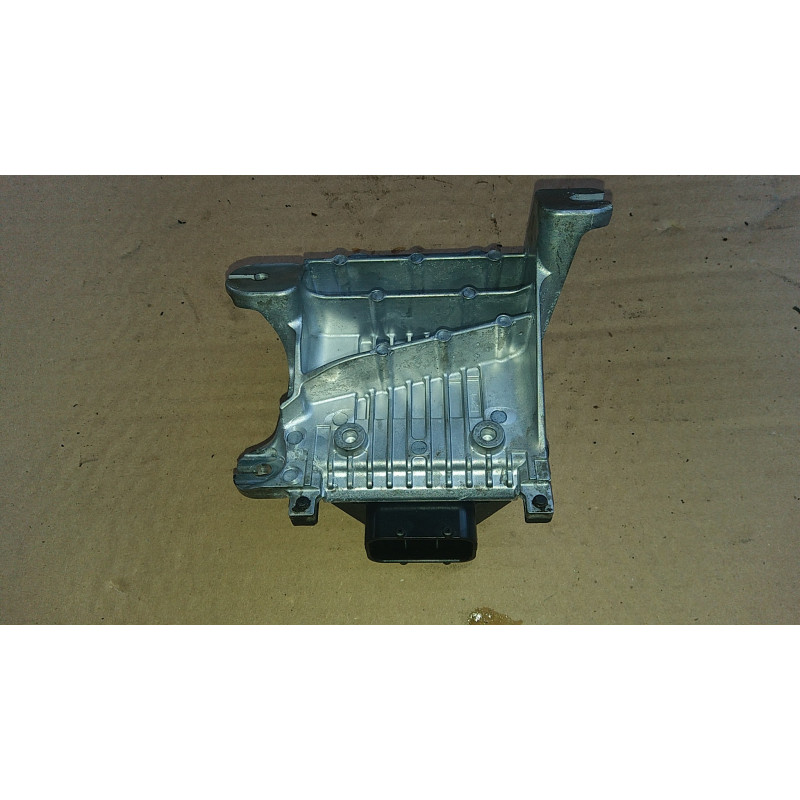
Common Symptoms of a Bad TCM
1. Erratic Shifting
One of the most noticeable symptoms of a failing TCM is erratic or hard shifting. If you experience sudden changes in gears or the vehicle struggles to shift smoothly, it could indicate a problem with the transmission control system. You might feel jolts or delays when shifting from one gear to another, which can be disconcerting.
Erratic shifting can result from incorrect data being sent or received by the TCM. This problem may lead to further complications within the transmission if left unaddressed. If you notice that your vehicle is shifting unexpectedly, it’s essential to seek professional assistance as soon as possible.
2. Slipping Transmission
Another common symptom of a malfunctioning TCM is a slipping transmission. This occurs when the engine revs up without a corresponding increase in vehicle speed. You may feel a loss of power or the sensation that the car is not engaging in gear correctly.
Slipping can be caused by various factors, including worn transmission components or issues related to the TCM. When the TCM fails to relay the correct information to the transmission, it can result in a slip, leaving you feeling insecure while driving. Ignoring this symptom can lead to more significant issues, including complete transmission failure.
3. Check Engine Light
A check engine light on your dashboard can indicate various issues, including problems with the TCM. Modern vehicles are equipped with sophisticated diagnostic systems that monitor transmission performance. If the TCM detects a malfunction, it may trigger the check engine light.
While the check engine light can signal many other potential problems, it is essential to pay attention to it. If it illuminates and you suspect TCM-related issues, using an OBD-II scanner to read the error codes can pinpoint the problem. Early intervention can prevent further complications and costly repairs.
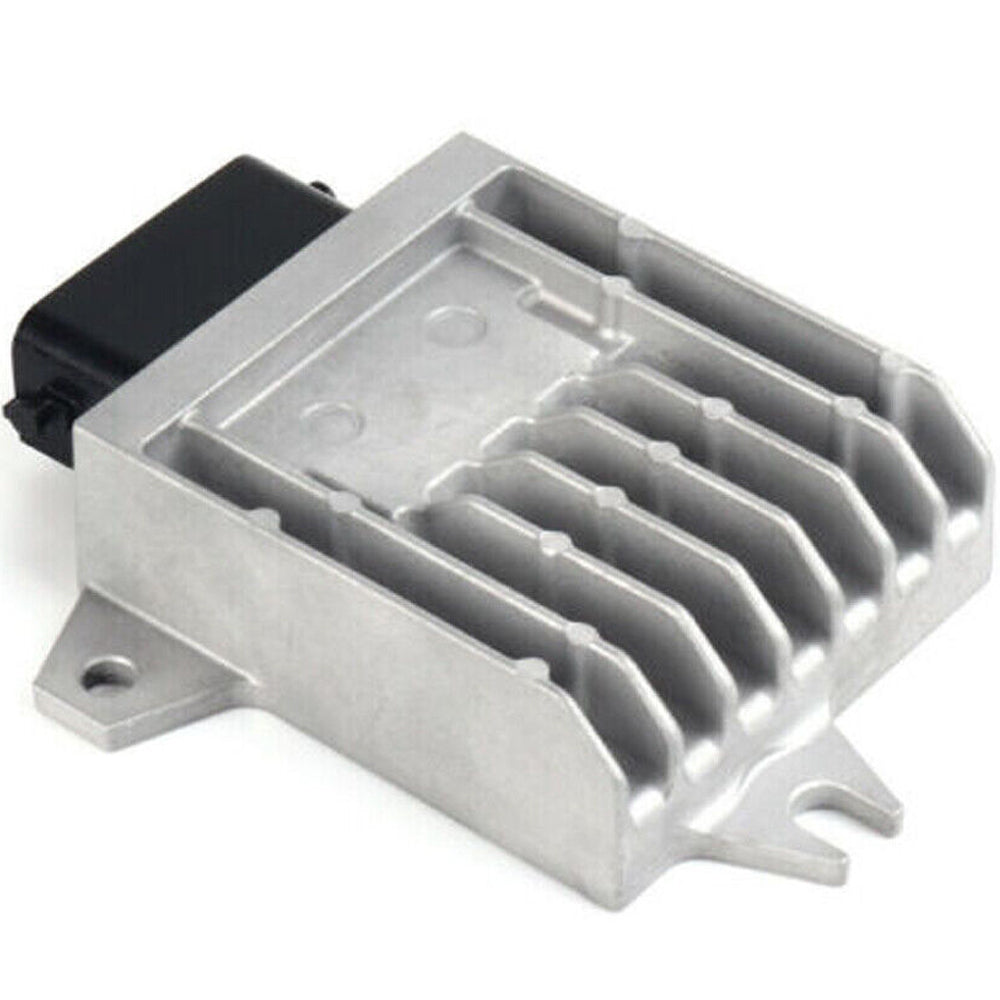
Additional TCM Symptoms to Watch For
4. Delayed Engagement
If you experience delayed engagement when shifting your vehicle into drive or reverse, it could indicate a problem with the TCM. Delayed engagement is characterized by a noticeable lag between moving the shifter and the transmission responding. You may notice that the engine revs without the vehicle moving initially.
This symptom can be concerning, as it may lead to unsafe situations, particularly in traffic. The delay can arise from the TCM not recognizing the driver’s input correctly. If this issue occurs frequently, it is essential to have the TCM examined to prevent further damage to the transmission.
5. Inconsistent Acceleration
An inconsistent acceleration may also point to problems with the TCM. If your vehicle hesitates or struggles to accelerate smoothly, especially during gear shifts, this can indicate a lack of coordination between the TCM and the transmission. You may find that the engine revs up but does not produce the expected power.
This symptom can lead to a frustrating driving experience and compromise safety on the road. Inconsistent acceleration can also affect fuel efficiency, causing your vehicle to consume more gas than necessary. If you notice this symptom frequently, consulting a mechanic is advisable to diagnose the issue.
6. Unusual Noises
Unusual noises from the transmission can also be a sign of a bad TCM. If you hear grinding, clunking, or whining noises during shifting, it may indicate that the TCM is not communicating appropriately with the transmission. These sounds can be alarming and are often accompanied by other symptoms.
Pay attention to when the noises occur. If they coincide with shifting gears or when the vehicle is under load, it is vital to have the issue checked. Ignoring unusual noises can lead to further damage to the transmission, resulting in costly repairs.
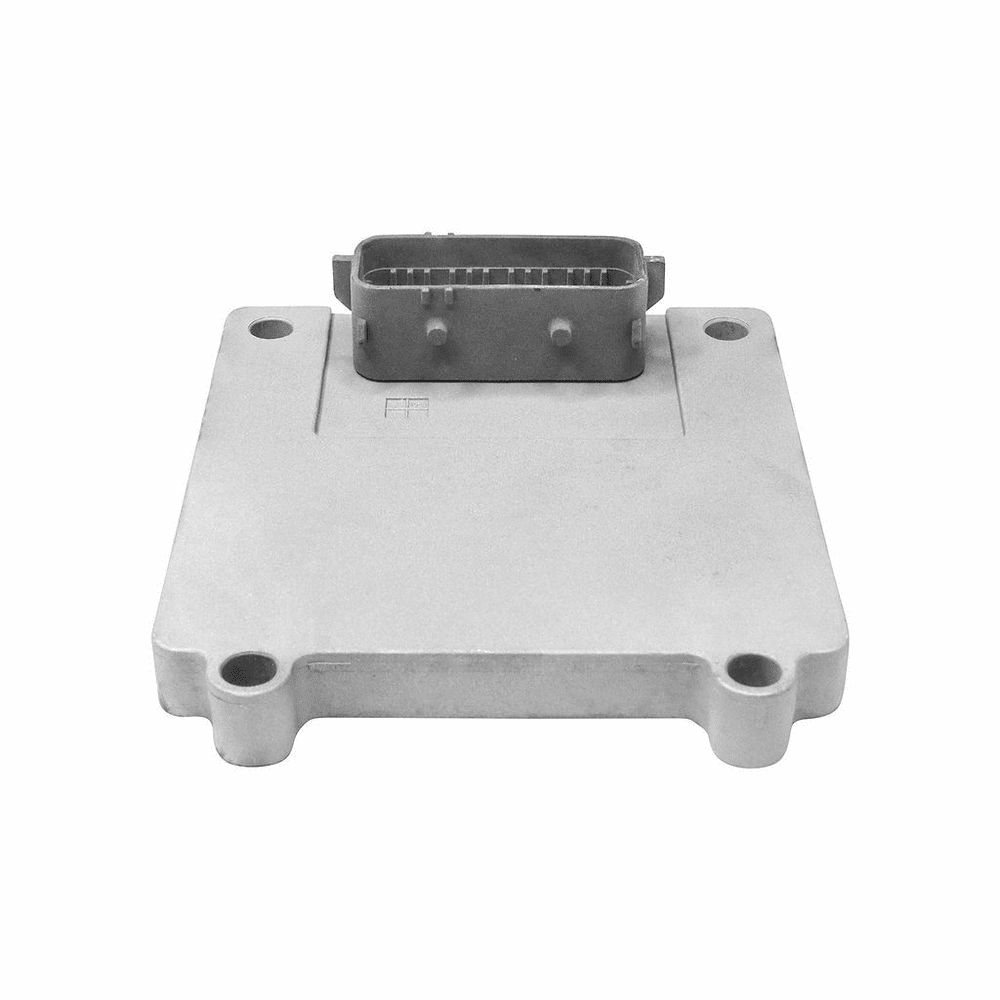
Diagnosis and Troubleshooting
7. Professional Inspection
If you experience any of the symptoms mentioned, it is crucial to have a professional inspection of the vehicle. Mechanics can use specialized diagnostic tools to pinpoint the issue with the TCM or the transmission system. They can perform a thorough examination and run tests to determine whether the problem lies within the TCM or another component.
By taking your vehicle to a reputable mechanic, you can receive accurate diagnostics and recommendations for repairs. This step can save you time and money in the long run by addressing issues before they escalate.
8. DIY Troubleshooting
For some vehicle owners, basic DIY troubleshooting is an option. Using an OBD-II scanner, you can retrieve any stored error codes from your vehicle’s computer system. These codes can provide insight into the specific issues affecting the Transmission Control Module.
While DIY diagnostics can offer initial insights, it is important not to overlook the complexity of modern vehicle systems. If you identify a code related to the TCM, consult a professional mechanic. Proper diagnosis of TCM-related issues often requires specialized knowledge and tools.
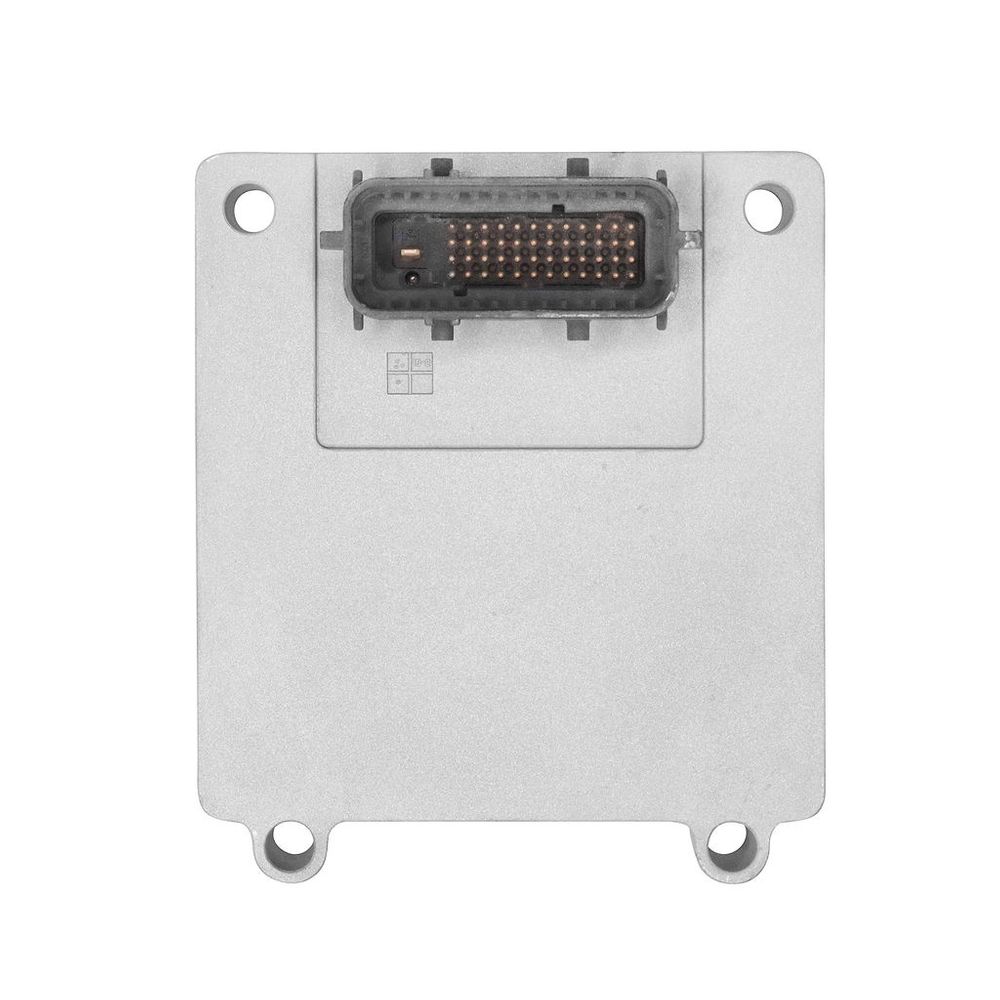
Repairing or Replacing the TCM
9. Repairing the TCM
In some cases, a malfunctioning TCM may not require a full replacement. Depending on the issue, it may be possible to repair the TCM instead. This can involve reprogramming the unit, updating software, or fixing electrical connections. A skilled technician can evaluate whether repair is a viable option for your vehicle.
Repairing the TCM can be a more cost-effective solution than replacement. However, repairing the unit does not always guarantee that it will function correctly in the long term. It’s essential to weigh the potential savings against the reliability of the repair.
10. Replacing the TCM
If the TCM is deemed beyond repair, replacement may be the only option. When selecting a replacement, consider OEM (Original Equipment Manufacturer) parts for the best fit and performance. OEM parts are designed specifically for your vehicle model, ensuring compatibility and reliability.
While aftermarket options may be more affordable, they can vary in quality. Research reputable brands and consult with your mechanic on the best choices. Investing in a quality TCM will help restore proper vehicle function and improve driving safety.
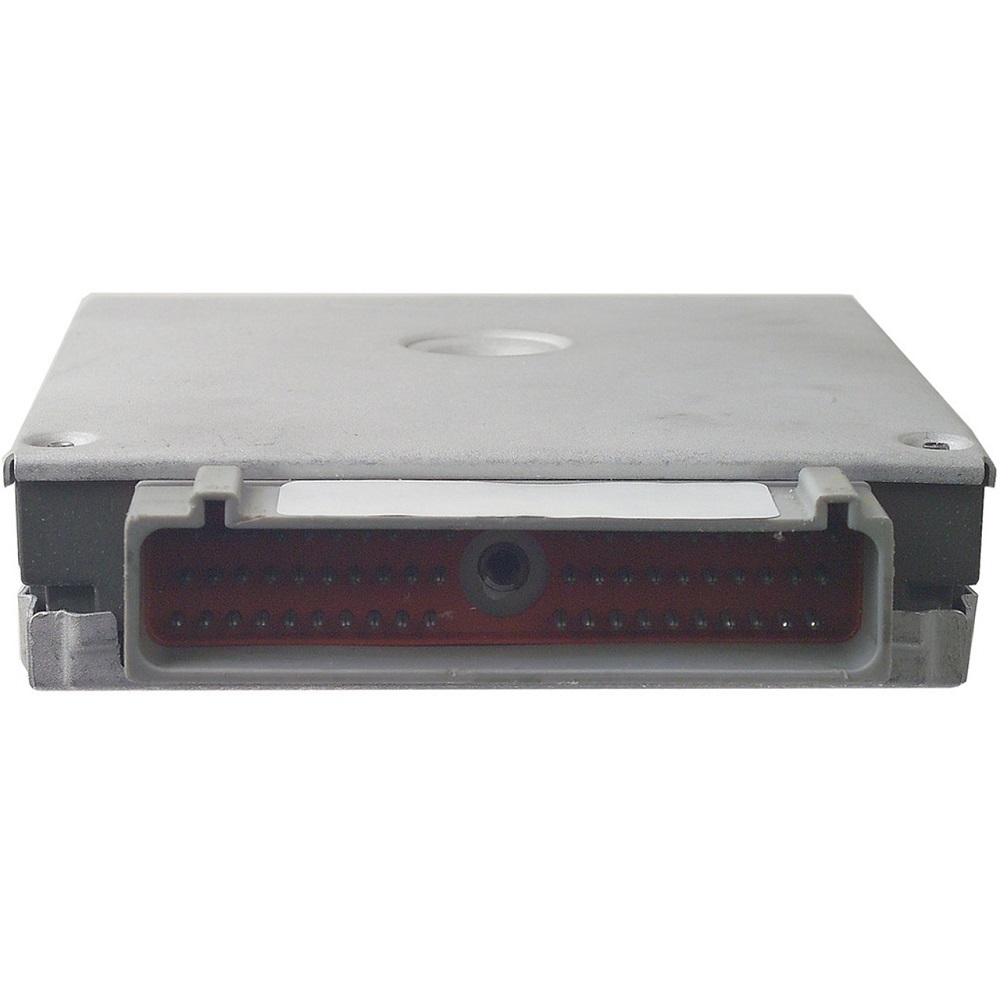
Maintenance Tips for Longevity
11. Regular Transmission Service
Routine maintenance of your vehicle’s transmission is crucial for preventing issues with the TCM. Regular transmission fluid changes help ensure that the system operates efficiently. Clean fluid helps to maintain proper lubrication, reducing wear and tear on components, including the TCM.
Check your vehicle’s owner manual for the recommended service schedule. Keeping up with maintenance will enhance the transmission’s longevity and the TCM’s performance, preventing costly repairs down the road.
12. Monitor Driving Habits
Your driving habits can significantly impact the longevity of your TCM and overall transmission health. Avoid aggressive driving behaviors, such as rapid acceleration and hard braking, which can put unnecessary stress on the transmission system. Smooth acceleration and gradual braking contribute to lower wear on components.
Being mindful of how you drive will not only extend the life of your vehicle’s transmission but also improve your fuel efficiency. Establishing good habits ensures that your ABS system works effectively and remains in good condition for years to come.
Conclusion
Prioritize TCM Maintenance
In conclusion, understanding the role of the Transmission Control Module is vital for safe vehicle operation. Recognizing the common symptoms of a bad Transmission Control Module can help you address issues before they escalate. Regular maintenance and monitoring of driving habits will strengthen the relationship between you and your vehicle, ensuring a smooth driving experience.
Stay Informed and Proactive
By staying informed about the signs of TCM problems and following proper maintenance practices, you can extend the lifespan of your transmission system. Prompt action in response to symptoms will lead to better performance and peace of mind on the road.
Ultimately, being proactive about your vehicle’s health not only improves safety but also enhances your overall driving experience. Embrace the responsibility that comes with vehicle ownership, and stay committed to maintaining your ride in its best possible condition.
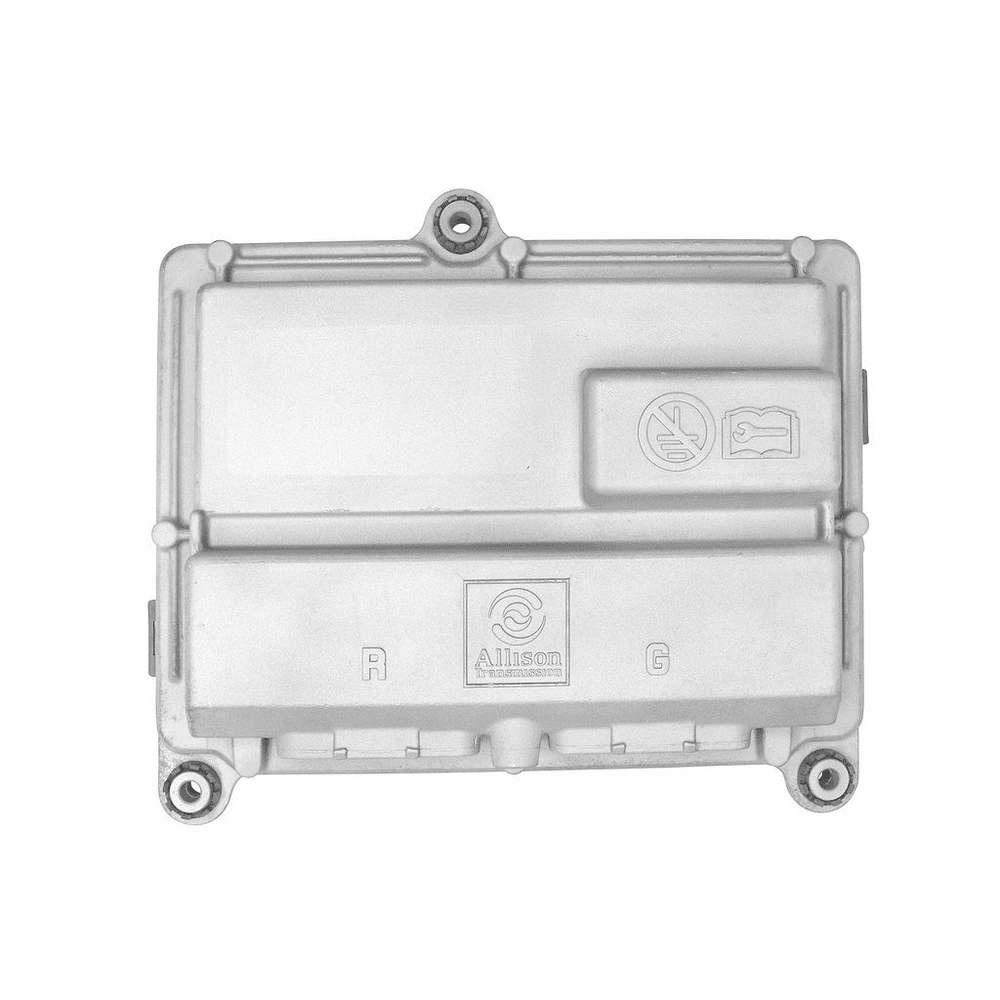
Leave a Reply